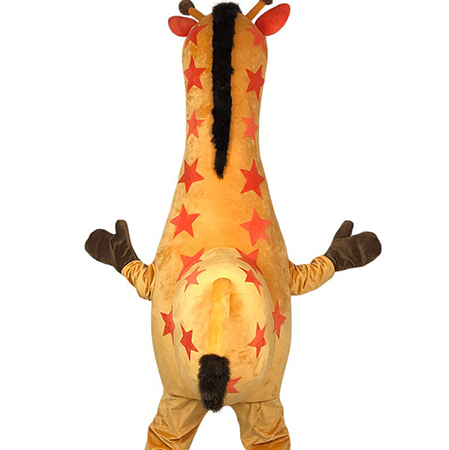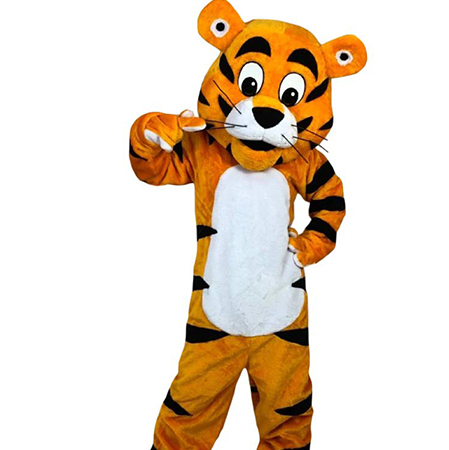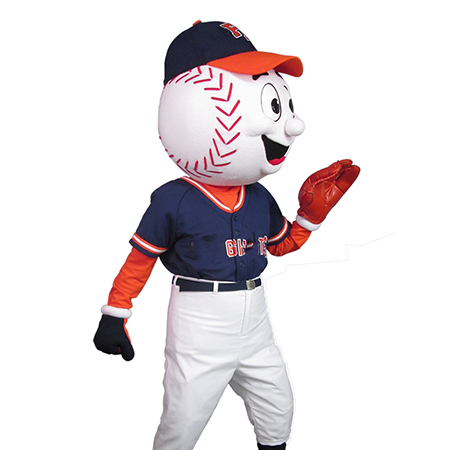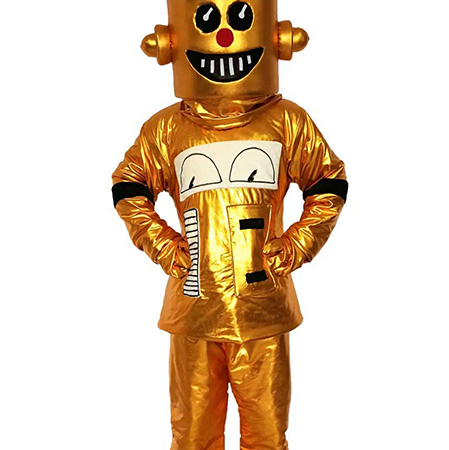Mascot costumes have become an integral part of entertainment and branding, captivating audiences at sports events, corporate gatherings, and community functions. These costumes serve as the physical representation of a character, often embodying the spirit and values of the organization they represent. Understanding the key features that make mascot costumes popular involves examining their design elements, functionality, comfort, and adaptability. This article explores various aspects of popular mascot costume features to provide insights into what makes them effective and engaging.
Design Elements
One of the most striking features of mascot costumes is their vibrant and eye-catching design. Bright colors, bold patterns, and unique shapes are commonly used to make mascot costumes easily recognizable and memorable. The design usually reflects the theme or identity of the organization, incorporating logos, signature accessories, or symbolic elements. For instance, a sports team mascot might wear the team’s colors and feature athletic gear, while a corporate mascot could incorporate company emblems and motifs.

Another crucial design element is the facial expression. A well-designed mascot costume often includes a large headpiece with exaggerated facial features such as wide eyes, a broad smile, and expressive eyebrows. This allows the performer to convey emotions effectively, enhancing interaction with the audience. The use of oversized features ensures that the mascot is expressive even from a distance, making it more engaging for viewers.
Functionality
Functionality is a key consideration in the creation of mascot costumes. These costumes need to be durable and able to withstand the rigors of performances, which can include dancing, walking, and interacting with the public. High-quality materials such as foam, plush fabric, and lightweight metals are commonly used to ensure longevity and resilience. Additionally, the construction should allow for ease of movement, enabling the performer to execute various actions without restriction.

Ventilation is also a critical functional aspect. Performers inside mascot costumes can experience significant heat buildup due to the enclosed nature of the attire. To address this, many mascot costumes incorporate ventilation systems such as built-in fans or breathable fabric panels. Proper ventilation not only keeps the performer comfortable but also prevents overheating during extended performances.
Comfort
The comfort of the performer is paramount when designing mascot costumes. Since performers can spend hours in these outfits, ergonomic design is essential. This involves ensuring that the costume fits well, with adjustable straps, padded areas, and adequate support. The materials used should be soft and skin-friendly to avoid irritation and discomfort during prolonged use.

Weight distribution is another important factor. Mascot costumes can be heavy due to their robust construction and additional features like mechanical elements or sound systems. Designers strive to distribute the weight evenly across the body to prevent strain on any one part of the performer. Lightweight materials and strategic placement of heavier components contribute to better comfort and mobility.
Adaptability
Adaptability is a hallmark of popular mascot costumes. They are designed to be versatile enough to perform in various settings and conditions. This means they should be easy to put on and take off, allowing quick changes between performances. Some mascot costumes come with modular designs where certain parts can be detached or replaced, providing flexibility based on the event or activity.

Weather resistance is another aspect of adaptability. Outdoor events can present challenges such as rain, wind, or extreme temperatures. Mascot costumes often include weatherproof materials and features like waterproof coatings or insulated layers to ensure performance continuity regardless of the weather.
Interactivity
Interactivity is a defining feature of successful mascot costumes. They are designed to facilitate interaction with the audience through gestures, poses, and movements. Features such as gloved hands and boot covers enhance the performer’s ability to engage physically with onlookers, whether it’s shaking hands, giving high-fives, or performing dance routines.
Some advanced mascot costumes also integrate technology to enhance interactivity. This can include sound systems for speech capabilities, LED lights for dynamic visual effects, or even robotic elements for more complex movements. Such technological integrations elevate the mascot experience, making it more immersive and entertaining for the audience.

Conclusion
In conclusion, mascot costumes are a blend of art and functionality, carefully crafted to capture attention and convey messages effectively. Their popularity stems from well-thought-out design elements, vibrant appearances, and the ability to perform under various conditions. By focusing on comfort, functionality, adaptability, and interactivity, designers create mascot costumes that not only represent brands and organizations but also provide unforgettable experiences for audiences everywhere.
